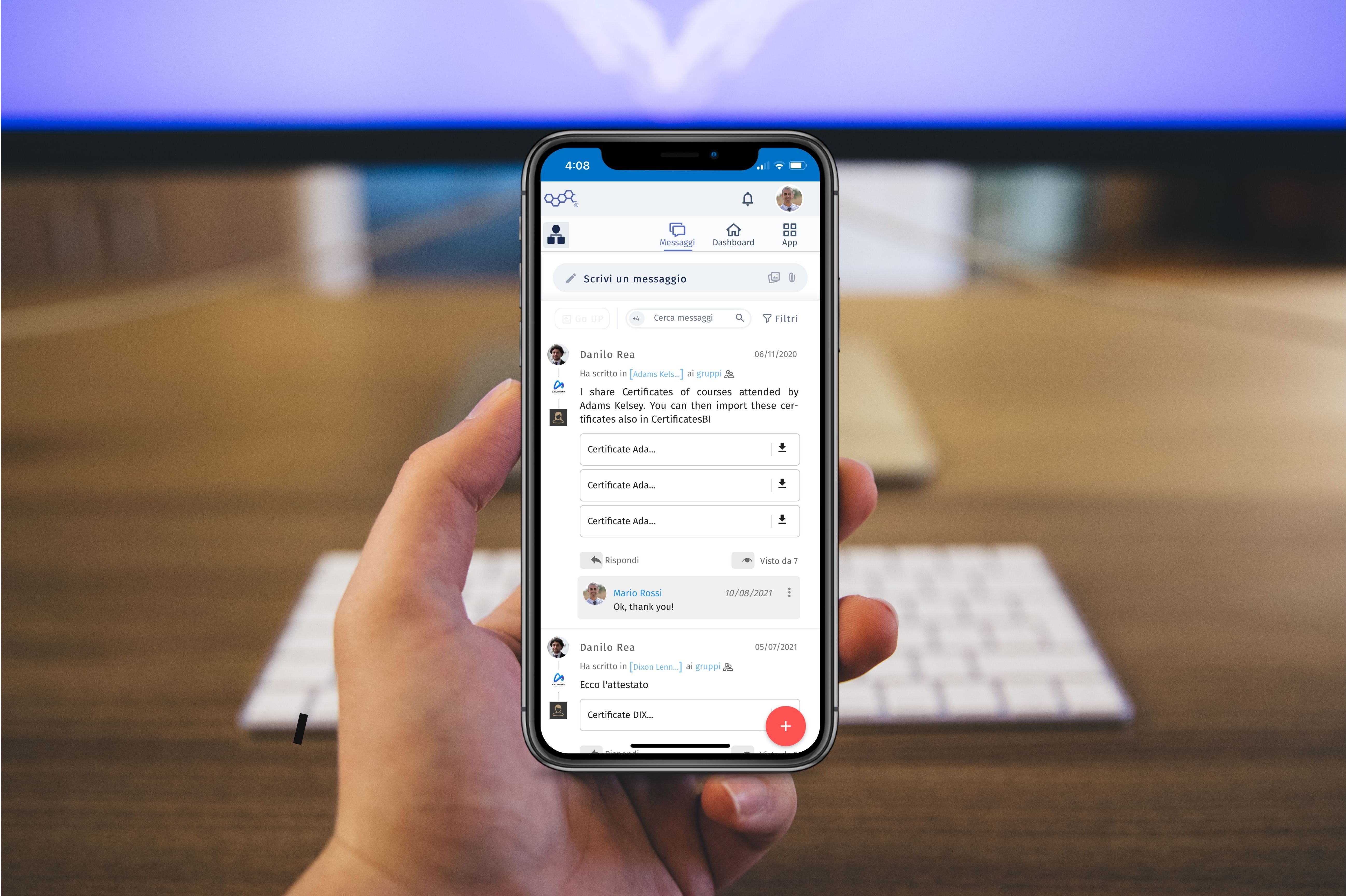
Super chat vs organisation by contexts: the digital hive
Super chat vs organisation by contexts: the digital hive
Companies try to have available the best tools to ensure optimal collaboration between employees. Surely, chats and other platforms present on the market are gaining a lot of followers, but are we really sure that these are the best options to offer to our employees? Here is a brief reflection on chats and other types of sharing, the digital hive.
This is without a doubt the year of change: although some choices were taken due to force majeure, now it is important to understand how to improve communication between employees, even remotely. We started riding a wave that we can’t let pass, and the managers of big companies are very aware of this. The change has initiated a search for the best tools that are easy to use and efficient, for collaborators as well as for managers, who have to “check” the work done.
Super chat
The vice president of Microsoft, Jared Spataro, endorses what said above. Indeed, in a recent interview he explains how it is necessary to learn to use technology when working remotely, to ensure that the boundaries between private life and work life are well defined. Spataro foresees that business communication, in a close future, will head in the direction of “super chats”, based on the WeChat model and his experience in China.
The future
But, can we really expect a future full of chats as the improvement of corporate sharing?
Needless to say, a chat is a very useful tool, especially to have quick exchange of opinions, information or precise documentation. But it is not possible to build on a chat the whole flow of information that a person needs to do their job in best way. Because when we work, we exchange a lot of documents of different types, minutes from meetings, opinions, that relate to different projects and involve several people, usually from different teams. And, at times, one person belongs to one or more teams, or projects.
What does all this mean?
It means having to open a chat for every project…Therefore, of how many “super chats” are we talking about? How much time is wasted trying to reconstruct the history of each project, especially if concentrated on a different channel?
The evolution of communication
Instead, the evolution of business communication passes through a system that brings the organisation back to the centre, starting from the people, but overcoming the limits of individual and group work. This is a kind of Organisation First system, like the one of the digital hive of SweetHive.
Indeed, SweetHive, which is at the base of BusinessRM, allows to model any type of organisation by contexts and groups in one single smart channel.
One single smart channel
With one single smart channel, you don’t need to close a chat to read new messages from a different one. Everything lands on the same channel, contextualised and easily accessible for follow ups.
Ah! The documents are also well archived in the right place, without having to go crazy when looking through different chats or emails or archives.
Now, that is the future: one single smart sharing platform. One.
Do you want to know about BusinessRM potentiality?
You will able to see how to rethink your business in an Organisation First perspective.

